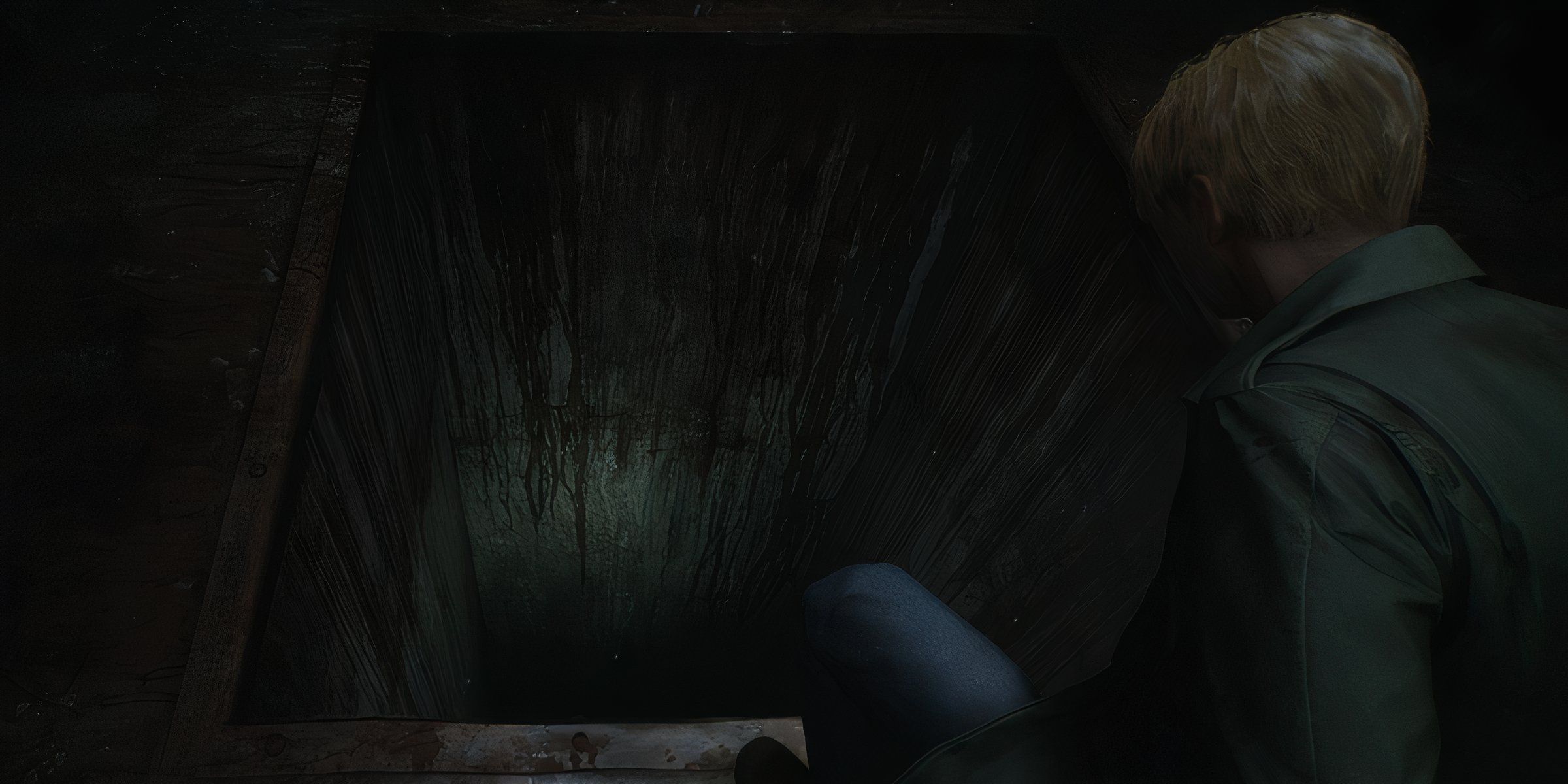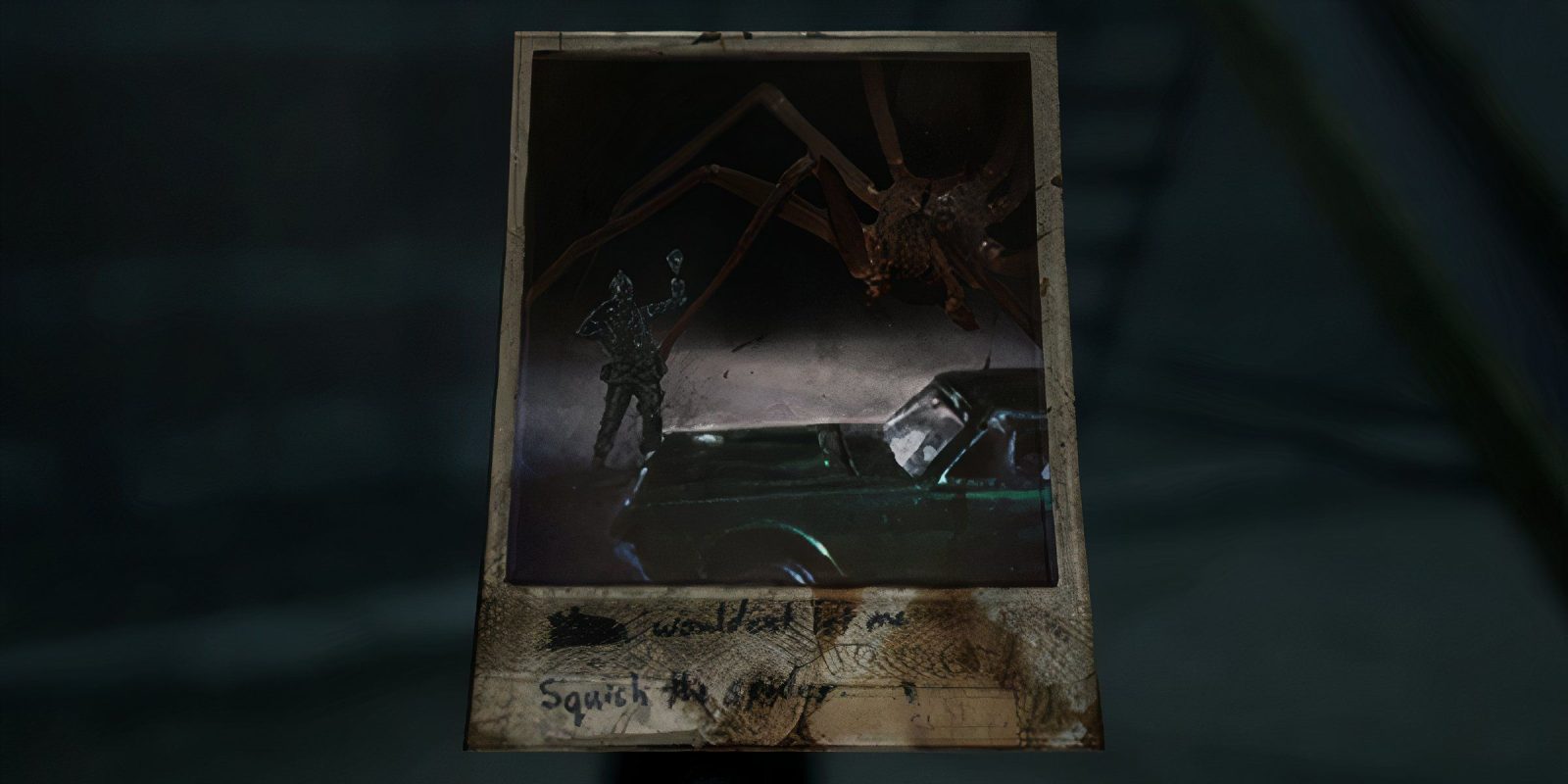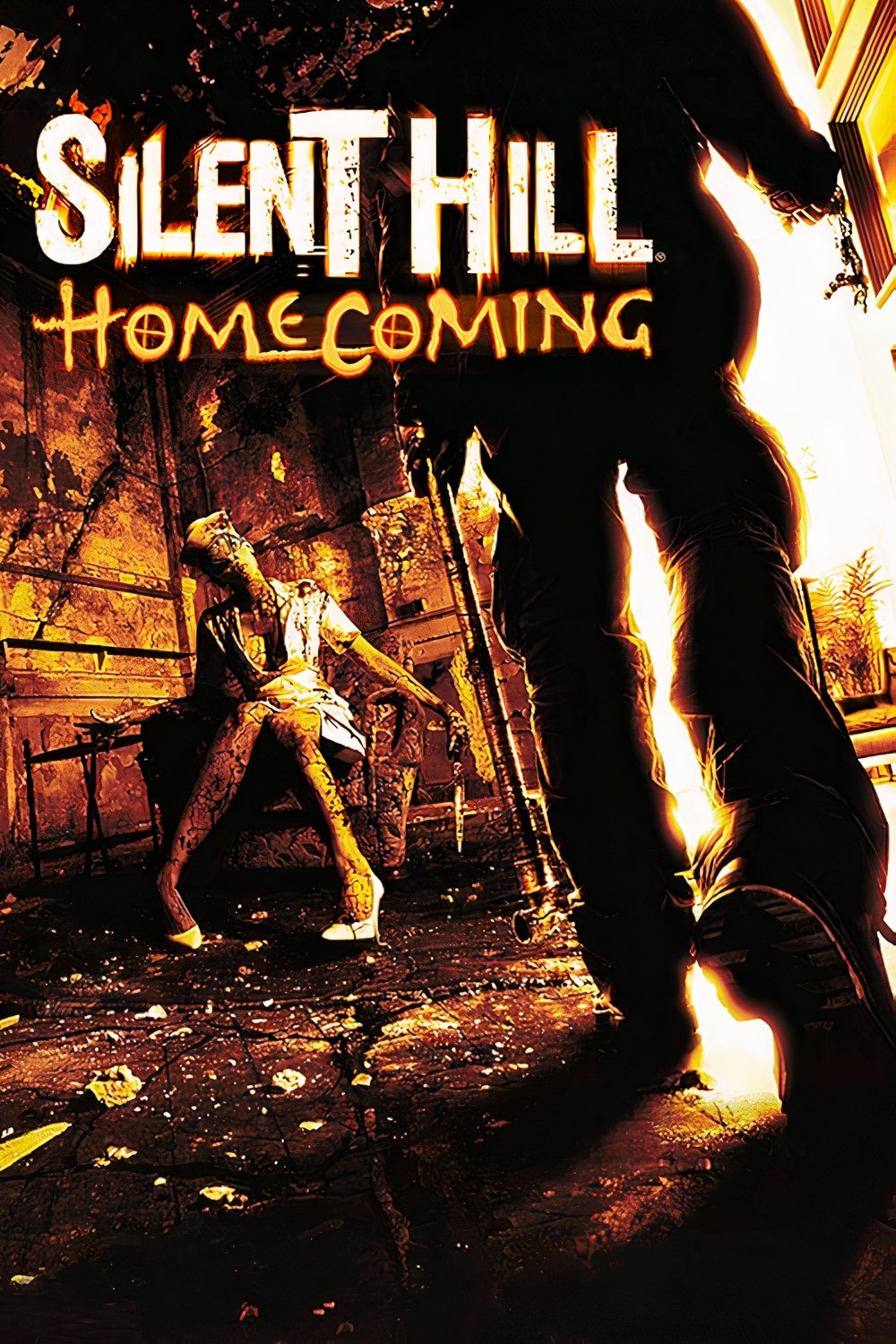A lingering criticism of Bloober’s Silent Hill 2 remake concerns its adaptation of the original game’s weapons and how players have even fewer options than the 2001 title. Pyramid Head’s Great Knife is dangled in front of players like a carrot only for it to be a gimmick and lacking a swing animation, regardless of how futile or strained the action would have been. The remake then features a total of four weapons, which is pared down from the original Silent Hill 2’s total of six weapons.
Plus, the remake’s wooden plank is irreversibly and involuntarily swapped to the metal pipe—there’s no explicit advantage to using the plank instead of the pipe in the original, but stripping players of that choice in the remake is odd when players can elect to
equip the chainsaw in New Game Plus
after all.
It’s probably too early to say with any valid estimate whether Silent Hill 2’s remake might be a key influence for future Silent Hill games, though its commercial success and positive reception might inspire the franchise’s upcoming titles to take note of it nonetheless. If so, its approach to weapons wouldn’t necessarily be the ideal blueprint. Instead, despite how unsavory and disdained it is in comparison, Silent Hill: Homecoming has an inspired weapon inventory system that competently blends combat with environmental interaction and progression.

Related
How Silent Hill 2’s Well Riddle is Made Immersive and Logical in Bloober’s Remake
Silent Hill 2’s remake adapts the iconic Historical Society well and its immersive solution plays a role in more than this eerie riddle alone.
Silent Hill: Homecoming’s Combat is by No Means Perfect
Silent Hill: Homecoming’s combat is divisive and not without good reason. On the one hand, players can often exploit Alex Shepherd’s overpowered knife combos that stunlock most enemies and bosses to trivialize a lot of the encounters they’re bottlenecked into.
But, on the other hand, Silent Hill: Homecoming’s combat is janky as it leashes players into tight camera angles and they can just as easily become stunlocked whether they time their attacks well or not. Jarringly, aiming a gun doesn’t employ the same lock-on camera as readying a melee weapon stance and guns in general are horribly delayed when fired. In this sense, the combat in Silent Hill 2’s remake (and arguably the original Silent Hill 2) is superior.
Similarities to The Last of Us Part 2’s combat notwithstanding, what makes combat in the Silent Hill 2 remake exhilarating is how crunchy and impactful each strike is; meanwhile, Homecoming’s attacks lack such weight and rely on flashy combos. Now, where Homecoming likely has an edge on Silent Hill 2 is how it makes use of weapons beyond combat.
Silent Hill: Homecoming’s various melee weapons all play vital roles as they’re required to pass through to new areas while simultaneously offering unique weapon animations and attack strings. The metal pipe or crowbar may not be as effective as either knife in combat, and yet each weapon type remains valuable regarding environmental interactions and is therefore never fully obsolete in players’ weapon inventory; the knife is needed to cut passageways open, the crowbar is needed to pry chain-link gates, and the axe is needed to chop boarded doors, for instance.
Likewise, the knife does hardly any damage to
Silent Hill: Homecoming
’s Scarlet
in phase one and makes the boss fight a slog whereas the axe swiftly lacerates her porcelain body, lending the game’s inventory to a slightly more strategic means regardless of all the dodges players spam anyway.
Thankfully, Bloober’s Silent Hill 2 moves quite a distance away from this approach despite maintaining a heavy emphasis on action. So, while combat probably won’t look anything like Homecoming’s in future Silent Hill games, there’s a case to be made for them to at least consider how multifaceted weapons can be in-game—action-oriented titles, at least, since first-person walking simulators like Silent Hill: The Short Message wouldn’t accommodate such gameplay.










Leave a Reply